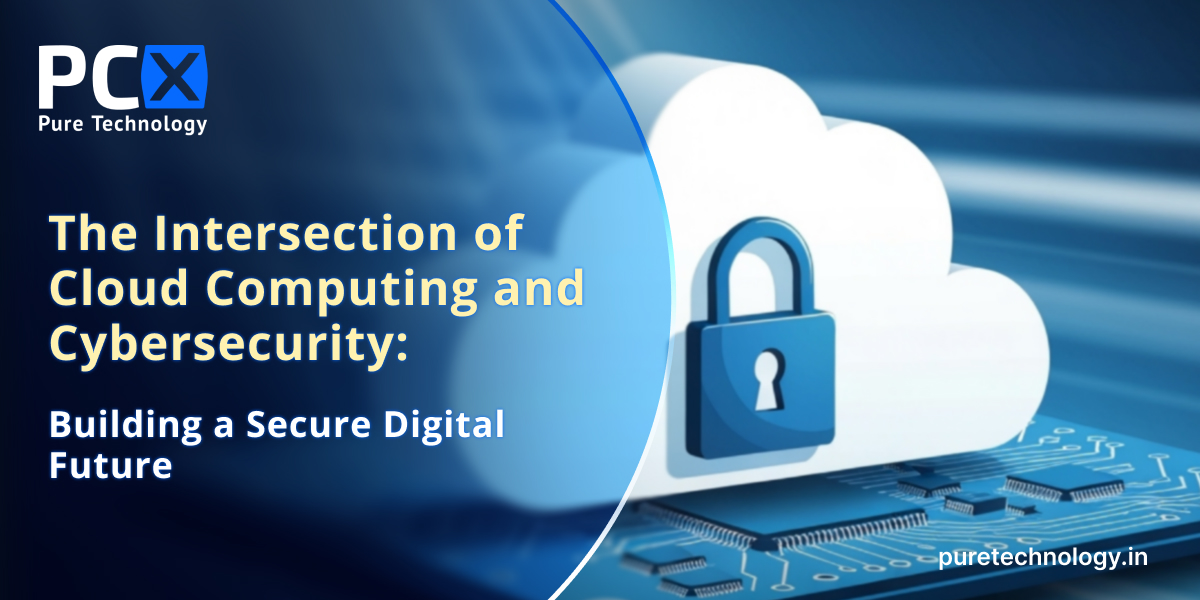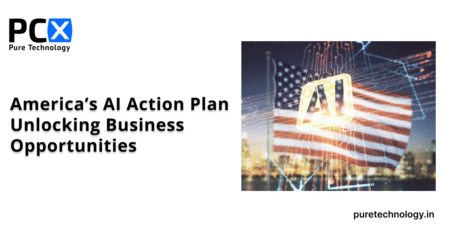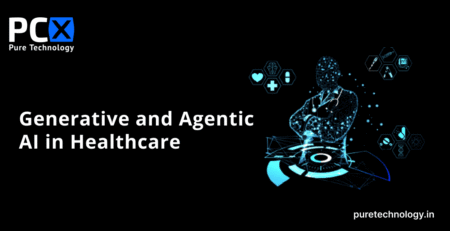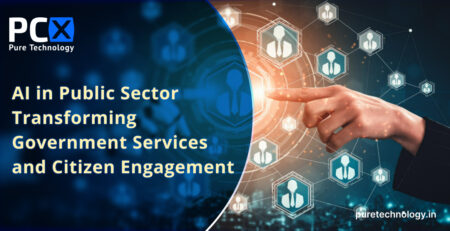The Intersection of Cloud Computing and Cybersecurity: Building a Secure Digital Future
Cloud computing has transformed how businesses operate, offering scalability, flexibility, and cost efficiency. But with these advantages come serious cybersecurity concerns. The rise of enterprise cloud adoption means organizations face growing risks such as misconfigurations, data breaches, and evolving cyberattacks.
Traditional perimeter-based security models can’t protect today’s dynamic, multi-cloud infrastructures. To stay secure, businesses must integrate advanced cloud security tools, adopt cybersecurity frameworks, and leverage AI-driven defenses. This ensures strong data governance, compliance with regulations, and resilience against threats in remote-first workplaces.
In this article, we’ll explore cloud cybersecurity challenges, security best practices, and how enterprises can strengthen resilience through cloud security architecture, managed services, and proactive risk assessments.
1. Understanding the Complexities of Cloud Security
Unlike on-premises infrastructure, cloud security follows a shared responsibility model—where providers secure the infrastructure, but businesses remain responsible for data protection, access controls, and compliance.
Key complexities include:
- Multi-cloud environments and third-party integrations
- Fast deployment cycles with DevOps and CI/CD pipelines
- Remote work security risks
- Sophisticated cyberattacks targeting cloud infrastructures
Organizations must prioritize cloud risk assessment, AI-based monitoring, and data governance to safeguard their assets.
1.1 Why Traditional Security Models Fail in the Cloud
Legacy tools like firewalls and perimeter defenses cannot handle decentralized cloud environments.
Common challenges include:
- Lack of fixed perimeters, making cloud identity security critical
- Misconfigurations leading to major cloud breaches
- Responsibility gaps between providers and customers
- Constantly changing workloads (VMs, containers, microservices)
Example: A healthcare provider exposed patient data due to a misconfigured AWS S3 bucket. Strong governance and cloud security audits could have prevented the breach.
1.2 Innovation & Deployment Speed as Security Risks
Agile development and continuous updates improve efficiency but expand the attack surface.
Risks include:
- Vulnerabilities from frequent code pushes
- Delayed patch management
- Security blind spots in CI/CD pipelines
Best practices:
- Adopt DevSecOps to embed security in development cycles
- Use AI-driven security for real-time threat detection
- Automate cloud incident response and remediation
Example: A fintech firm reduced vulnerabilities by 40% using AI-powered CI/CD monitoring.
1.3 Remote Work and Cloud Security
Remote access multiplies attack vectors, exposing enterprises to risks like phishing, credential theft, and malware.
Solutions include:
- Implementing zero-trust architecture and MFA
- Using AI-based anomaly detection in cloud environments
- Educating employees on cyber hygiene
Example: A multinational reduced unauthorized access by enforcing MFA and identity security policies.
1.4 Third-Party & API Dependencies
Modern cloud ecosystems depend heavily on third-party APIs and integrations, creating hidden risks.
Mitigation strategies:
- Perform cloud penetration testing on external services
- Use AI-based anomaly detection for API monitoring
- Enforce encryption and strict access controls
Example: A SaaS provider uncovered vulnerabilities in a third-party API through penetration testing, preventing a data leak.
2. Strategies to Strengthen Cloud Cybersecurity
2.1 Multi-Factor Authentication (MFA)
- Adaptive authentication based on user behavior
- Passwordless access via biometrics or tokens
- Real-time session monitoring
Example: A government agency cut account takeover attempts by 80% after implementing MFA.
2.2 Automated Threat Detection & Monitoring
- AI-driven log analysis
- Intrusion detection systems (IDS)
- Automated incident response systems
Example: An IT firm reduced response times by 60% using AI-enabled monitoring.
2.3 Vulnerability Scanning & Penetration Testing
- Continuous vulnerability assessments
- Red team testing to expose weaknesses
- Automated compliance checks
Example: A fintech discovered API flaws during penetration testing, preventing financial data leaks.
2.4 Securing Multi-Cloud Environments
- Centralized dashboards for monitoring
- Consistent policies across providers
- Automated cross-platform threat responses
Example: A logistics enterprise used managed services to strengthen multi-cloud security.
3. Regulatory Compliance & Risk Management
3.1 Adhering to Global Data Regulations
Organizations must comply with frameworks like:
- GDPR (EU data protection)
- CCPA (California consumer privacy)
- HIPAA (Healthcare security compliance)
Example: A global SaaS company aligned security practices with GDPR, avoiding heavy penalties.
3.2 Enhancing Cyber Resilience
- Regular cloud risk assessments
- Proactive monitoring with AI-powered tools
- Cloud incident response strategies
Example: A multinational bank deployed automated response systems, reducing breach recovery time dramatically.
The Future of Cloud Security
As enterprises scale digital adoption, AI-driven cloud security, penetration testing, and managed services will become indispensable. The focus will shift toward proactive defense, automated compliance, and cyber resilience.
Key Takeaways:
- Cloud breaches can be minimized with identity security and AI-powered monitoring
- Risk assessments ensure compliance and governance
- DevSecOps and automated remediation reduce vulnerabilities
- Managed security services enhance resilience
💡 Next Steps for Enterprises:
Invest in secure cloud computing strategies by adopting zero-trust frameworks, automating security audits, and enforcing strong data governance. Businesses that do so will achieve not only compliance but also long-term cyber resilience.
Call us for a professional consultation












Leave a Reply